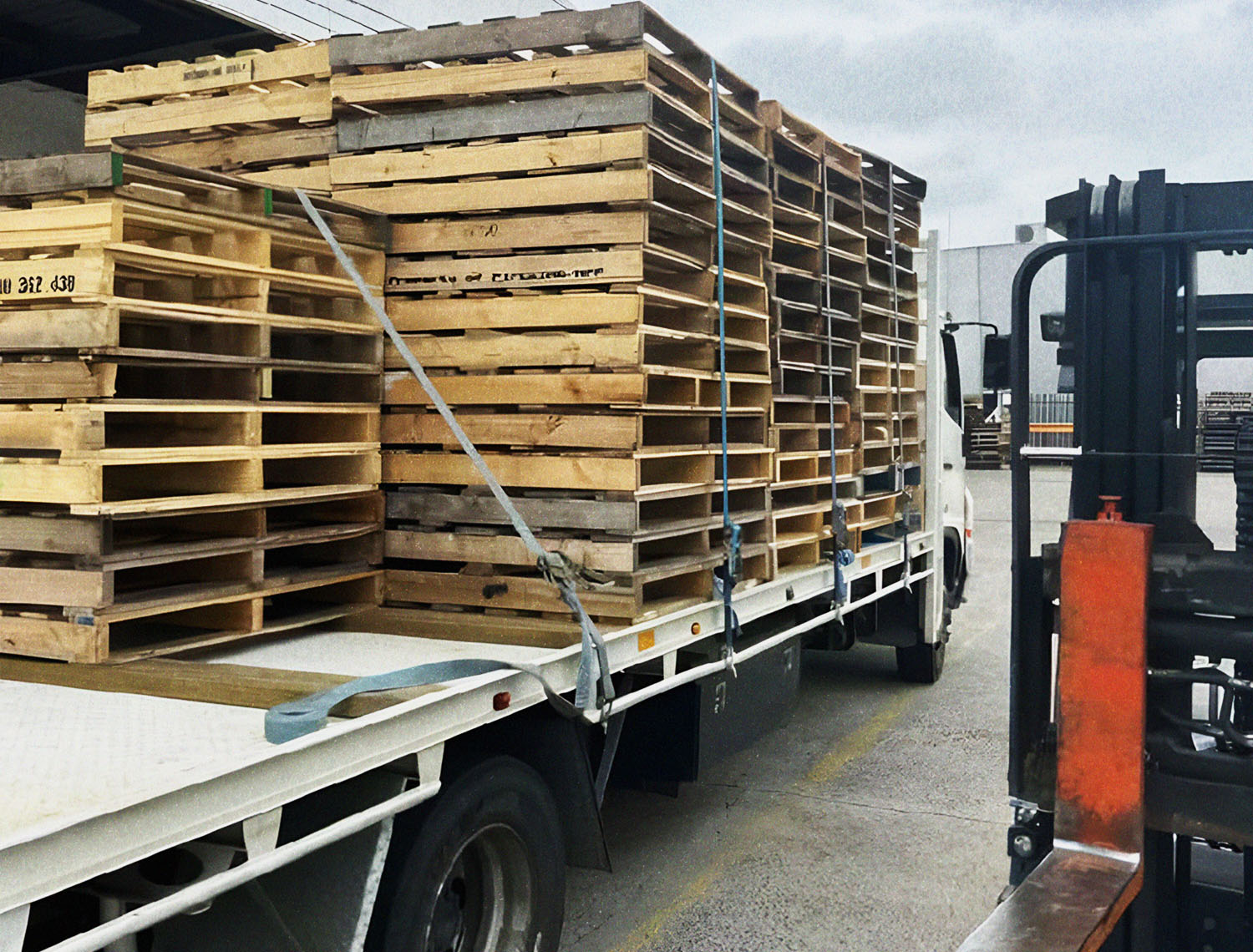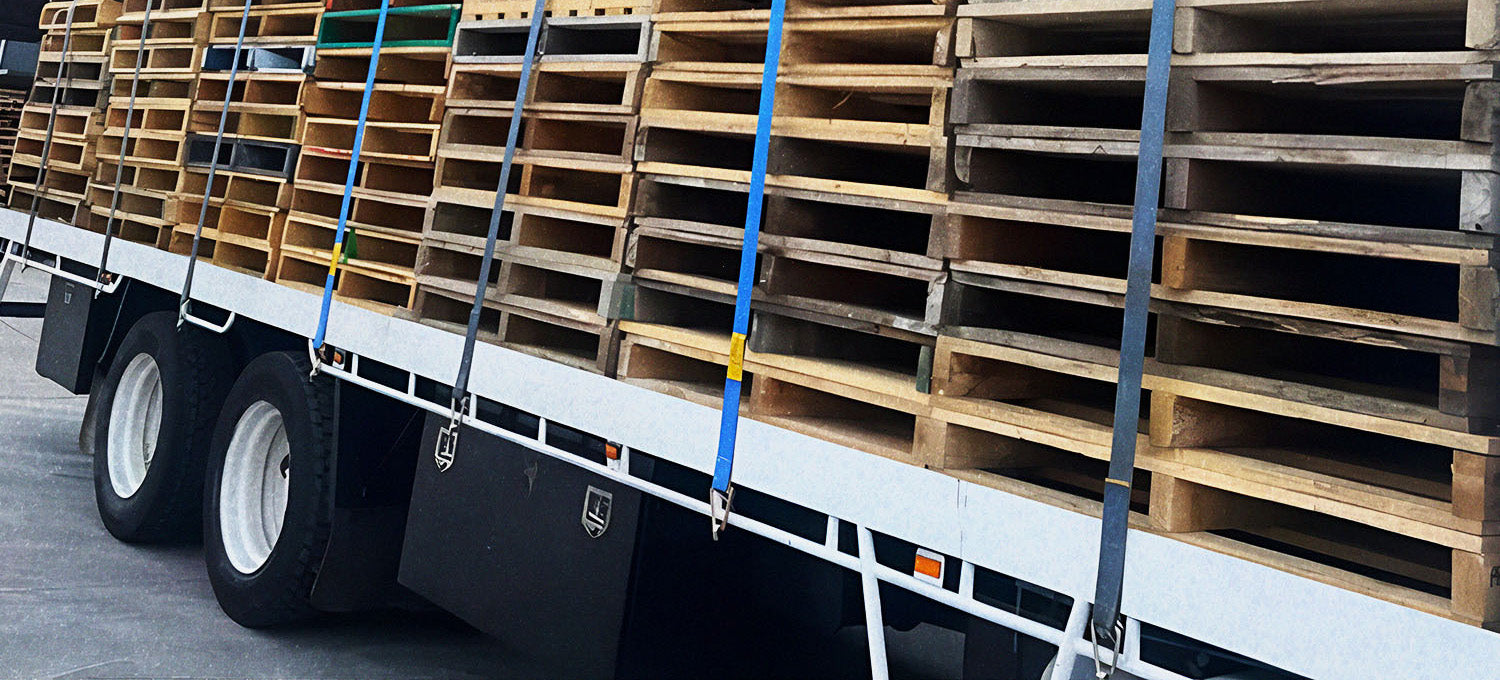
TOP PALLETS
Australian Standard Pallet Sizes
For comprehensive insights and a clearer understanding, click the button below to download the PDF version of our Australian Standard Pallet Sizing Guide.
In Australia, standard pallet sizes play a crucial role in the logistics and transportation industry. These pallets are essential for storing, stacking, and moving goods efficiently.
Understanding the different pallet sizes and their uses can help businesses streamline their operations and improve efficiency.
Australian Standard Pallet (1165mm x 1165mm)
In 1993 the Australian Standard for pallets was prepared by a committee representing different industries on behalf of the Council of Standards Australia.
Today, the Australian Standard Pallet, typically measuring: 1165x1165mm and 150mm high reigns as a cornerstone of our distribution chain. These pallets are built to fit into standard pallet steel storage racking which are mainstay in Australian warehouses.
Uses of the Australian Standard Pallet:
- Transporting fresh produce from farms to markets
- Storing goods in warehouses for distribution
- Displaying products in retail stores

Global Pallet Dimensions
Currently, there is no uniform global standard-sized pallet and each country’s distribution chain has historically evolved in its own way.
Below are typical dimensions of standard pallets across the world that are approved by the International Organization for Standardization (ISO).
This data is extracted from the ISO Standard 6780:2003 (Flat pallets for intercontinental materials handling, Principal dimensions and tolerances)

Container Compatibility
When it comes to domestic transportation, Australian standard pallets are tailored to seamlessly fit within the Australian railway RACE containers.
Developed in 1974 by the Public Transport Commission of New South Wales and built by Freighter Industries Ltd, these containers were a slightly wider version of the standard ISO shipping container.
RACE containers can hold two Australian standard pallets side by side perfectly. This arrangement maximises space and facilitates efficient stacking. Goods transported on these pallets are less likely to shift during transit, reducing damage risk.
This layout also speeds up loading and unloading processes at docks and warehouses. It's a key factor in streamlining the supply chain from manufacturer to market.
However, when it comes to ISO international 20 or 40-foot containers, only one Australian standard pallet fits across, resulting in wasted floor space.
Choosing the Right Pallet for Your Needs
Hardwood vs Softwood
Hardwood pallets boast greater durability and can carry heavier loads. They suit industries where robustness is key. Softwood pallets are lighter and cost less. These make a good choice when budget is tight and loads are lighter.
Consider your load's weight and the frequency of use. Hardwood withstands repeated handling, while softwood may be more economical for one-off shipments.
Pallet Sizes
The right pallet size depends on what you're moving. Standard sizes work well within Australia but may not fit in an international container. For exporting goods, export pallets are designed to maximise space in shipping containers.
Think about your warehouse equipment too. Ensure the pallets you choose can be easily moved with your forklifts or pallet jacks.
Sustainability Factors
When selecting pallets, consider their environmental impact. Look for pallets made from sustainable sources. Check how long they last and if they're recyclable at end-of-life.
Opting for durable flat pallets means less waste, as they can be reused many times. This choice supports a greener supply chain.

Selecting the Ideal Dimensions for Exporting Goods
1200x1000mm, 1200x800mm and 1100x1100mm pallets are typically used for export purposes and can fit into ISO containers smoothly. These pallets need to be Heat Treated and adhere to ISPM 15 standards to allow for export. Make sure to look out for the relevant stamp.
Optimising Your Supply Chain
Maximising the efficiency of your supply chain depends on choosing the right pallets and supplier to meet your needs and those of other organisations involved in a timely manner.
Understanding how the Australian standard pallet integrates into every aspect of your supply chain, from stock reception to storage and dispatch, is essential. Reach out to start a conversation about your pallet requirements.
